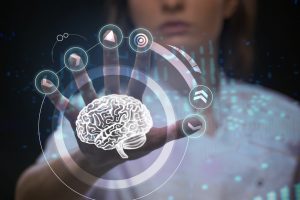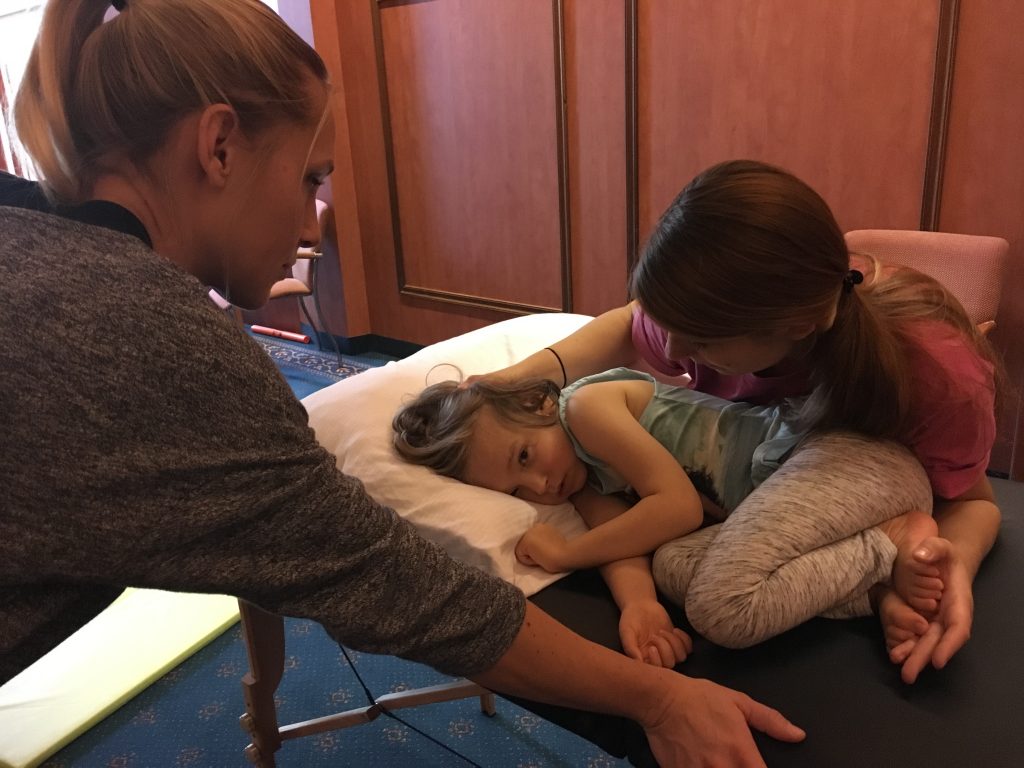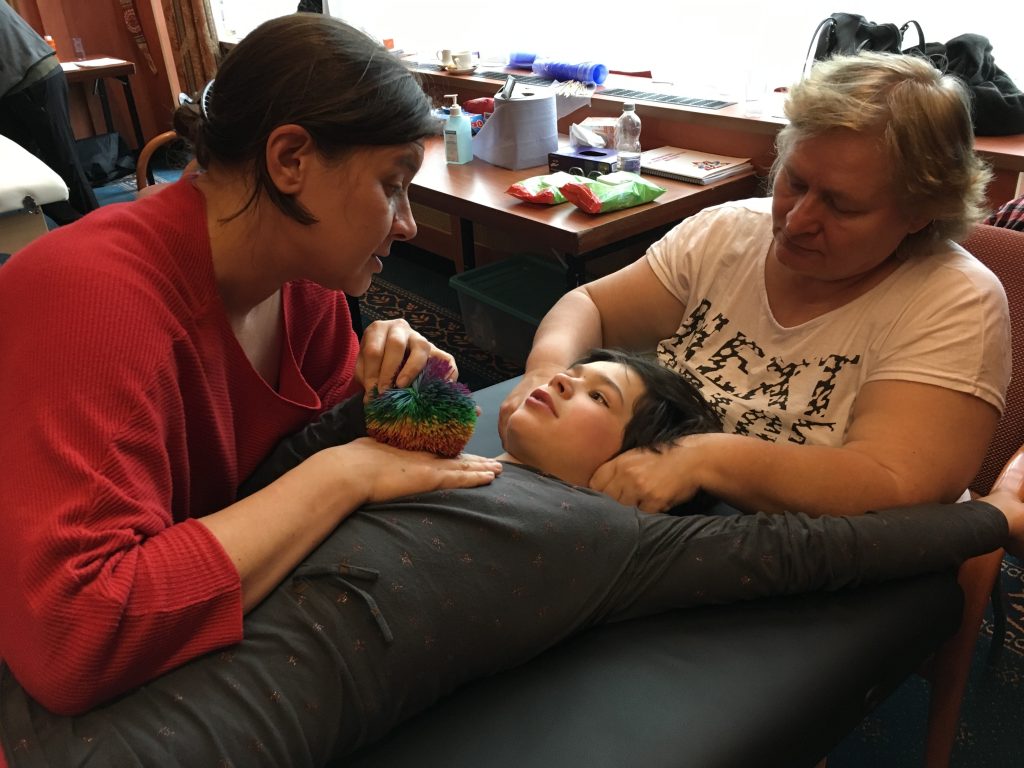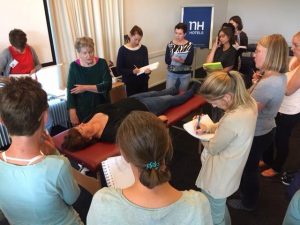Reflexes can be innate or acquired. Innate reflexes are genetically programmed and present in everyone’s body regardless of cultural, socio-economic, or neuro-physiological differences. Under normal conditions, innate reflexes emerge in a predictable sequence in conjunction with the neurosensorimotor and physiological maturation necessary to support their function.
Many innate reflexes emerge in the womb long before a mother can feel fetal movement. At four weeks the first muscular fetal activity can be observed in the beating heart; at seven weeks neck extension can be observed; at eight weeks a startle response, general movements, hiccups and isolated arm and leg movements are present; and, by twelve weeks head rotation, breathing movements, yawning, sucking and swallowing responses are present.
By the time an infant is born, a considerable movement repertoire has emerged, arming the newborn with the basic survival mechanisms, providing tools necessary to gain information about the outside world, and establishing the rudimentary basis for advanced motor development.
Once an innate reflex becomes active, it automatically generates a motor response whenever the triggering response is present and without conscious or directed control. Acquired reflexes are more complex learned motor responses that develop after birth. As a newborn learns to control and direct innate motor responses, he acquires his first learned reflexive motor responses.
As simple reflexive motor responses are mastered and become automatic, they are referred to as acquired motor reflex responses. An acquired motor reflex is sometimes difficult to distinguish from an innate reflex. The primary distinguishing characteristic is whether the automatic reflex response is hardwired and genetically programmed or if it is has to be learned. An acquired automatic reflex becomes programmed either through active practice, passive conditional association, or operant conditioning, may emerge in a given individual, and can vary, sometimes significantly, based on cultural, socioeconomic, and neuro-physiological differences.
It is through the earliest and simplest automatic reflexes that development begins. Regardless of whether a reflex is innate or acquired the emergence, advancement, and integration of reflexes are each essential to normal functioning. Automatic reflexes play an integral role in managing the body’s external and internal responses to changes in the environment and without them the human body would be unable to effectively adapt and function within the ever-changing world.






